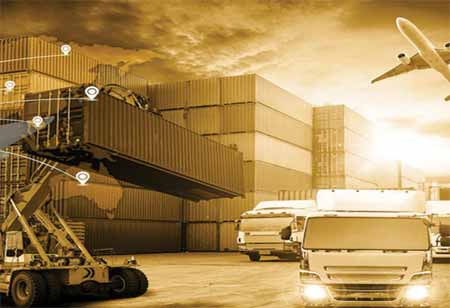THANK YOU FOR SUBSCRIBING
THANK YOU FOR SUBSCRIBING

By
Logistics Transportation Review | Sunday, August 18, 2024
Stay ahead of the industry with exclusive feature stories on the top companies, expert insights and the latest news delivered straight to your inbox. Subscribe today.
Factors such as shipment size, frequency, budget, and delivery time requirements influence the choice between LTL and FTL shipping.
FREMONT, CA: In the logistics and transportation industry, understanding the difference between Less-Than-Truckload (LTL) and Full-Truckload (FTL) shipping is essential for businesses looking to optimize their shipping strategies. LTL and FTL are methods of freight transportation that cater to different needs, and each comes with its own set of advantages and challenges. By examining the pros and cons of LTL and FTL shipping, businesses can make informed decisions to align their shipping practices with their specific requirements.
Less-than-truckload (LTL) shipping is a freight method where multiple shippers share space on a single truck, benefiting businesses with more cargo. It consolidates each shipment, reduces costs, and offers flexible scheduling and routes for regular shipping of smaller quantities.
LTL shipping offers cost-effectiveness as it involves sharing transportation costs among multiple shippers, allowing businesses to pay only for the portion of truck space they use. This can result in significant savings for smaller shipments and allows for frequent shipping of smaller quantities, thereby maintaining inventory levels and meeting customer demand.
However, LTL shipping also has its drawbacks. One of the primary concerns is transit time. Because LTL shipments are consolidated with other freight, they often make multiple stops at various distribution centers before reaching their final destination. This can result in longer delivery times compared to FTL shipping. Furthermore, handling multiple shipments increases the risk of damage or loss, as cargo may be transferred between trucks or warehouses during shipping.
On the other hand, full-truckload (FTL) shipping involves dedicating an entire truck to a single shipment. This method is ideal for businesses that have enough cargo to fill a whole truck or prefer to transport large quantities of goods at once. With FTL shipping, there is no need to share space with other shippers, leading to faster transit times and reduced risk of damage. FTL shipments typically have a more direct route, as the truck travels directly from the point of origin to the destination without making additional stops.
One of the significant benefits of FTL shipping is its efficiency and speed. Since the truck is dedicated to a single shipment, delivery times are generally shorter, and cargo needs to be handled more. This reduces the likelihood of damage and can provide more reliable delivery windows. Additionally, FTL shipping offers greater control over the transportation process, as there is no need to coordinate with multiple shippers or navigate the complexities of consolidated freight.
Despite these advantages, FTL shipping has its challenges. The primary drawback is the cost. Because the entire truck is reserved for a single shipment, businesses must pay for the full truckload, regardless of the transported cargo. This can be cost-prohibitive for shipments not fully utilizing the truck’s capacity. Additionally, FTL shipping may not be as flexible as LTL shipping regarding scheduling and route options, particularly for businesses that do not have regular, large-volume shipments.
I agree We use cookies on this website to enhance your user experience. By clicking any link on this page you are giving your consent for us to set cookies. More info





